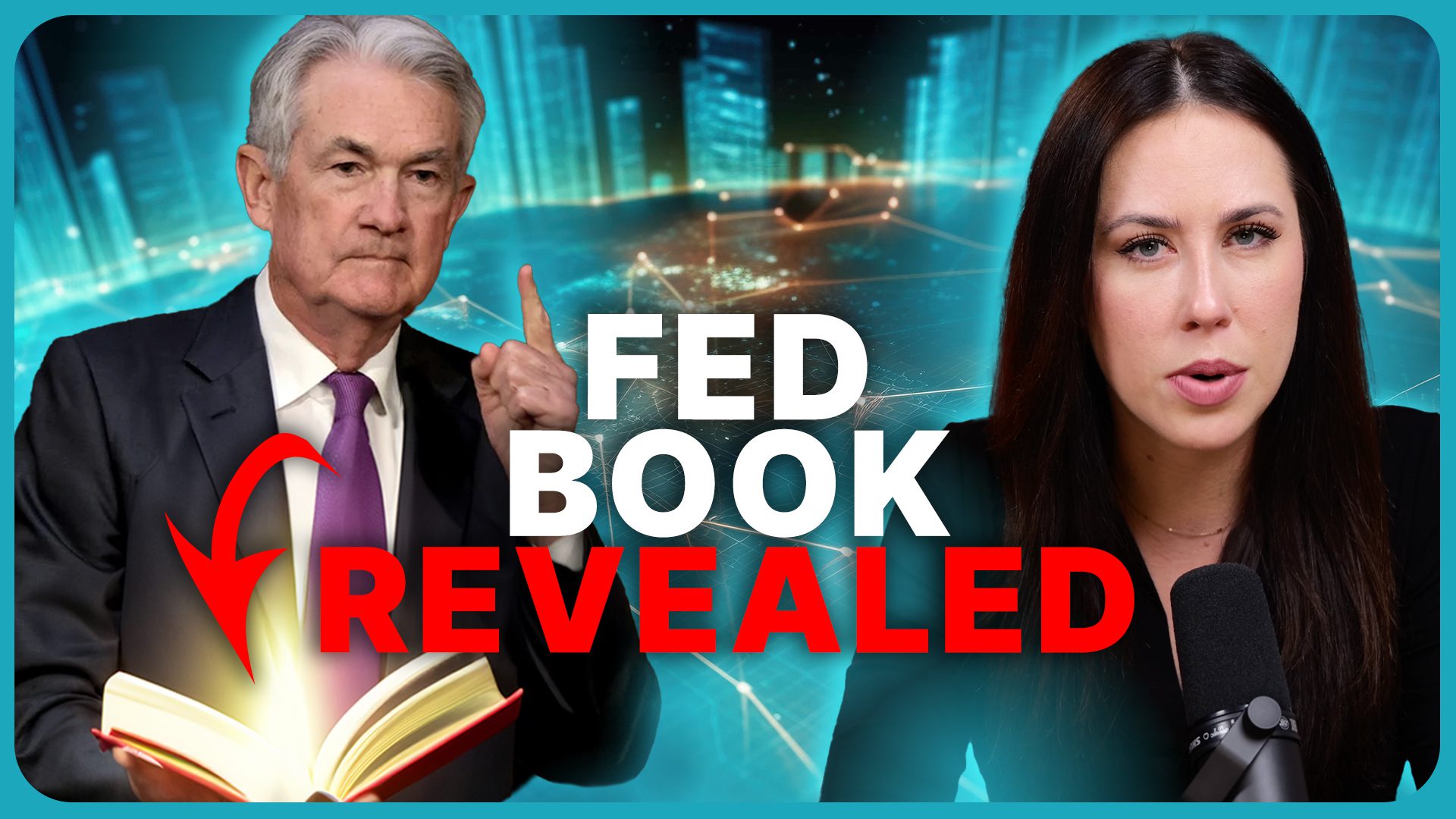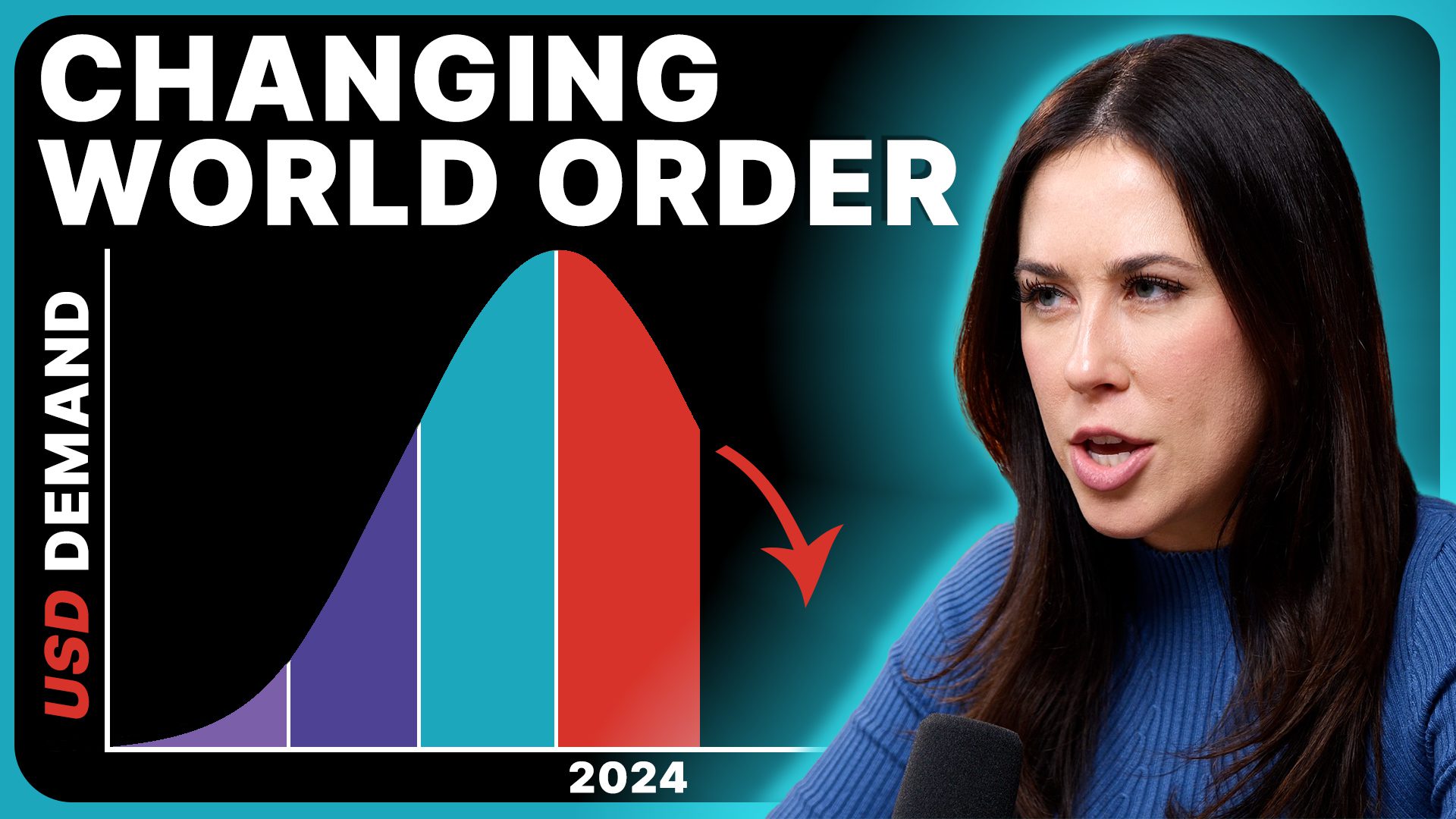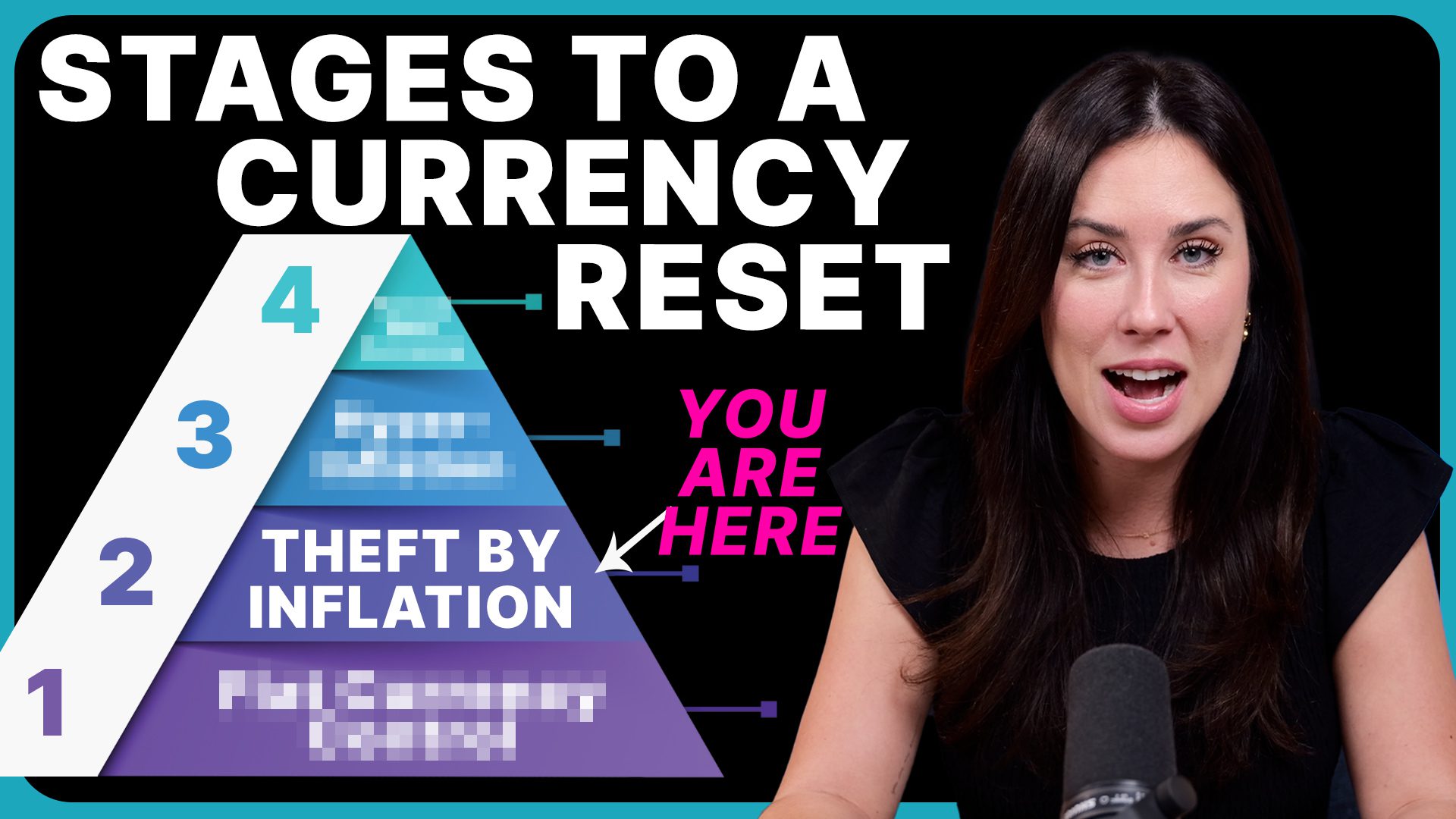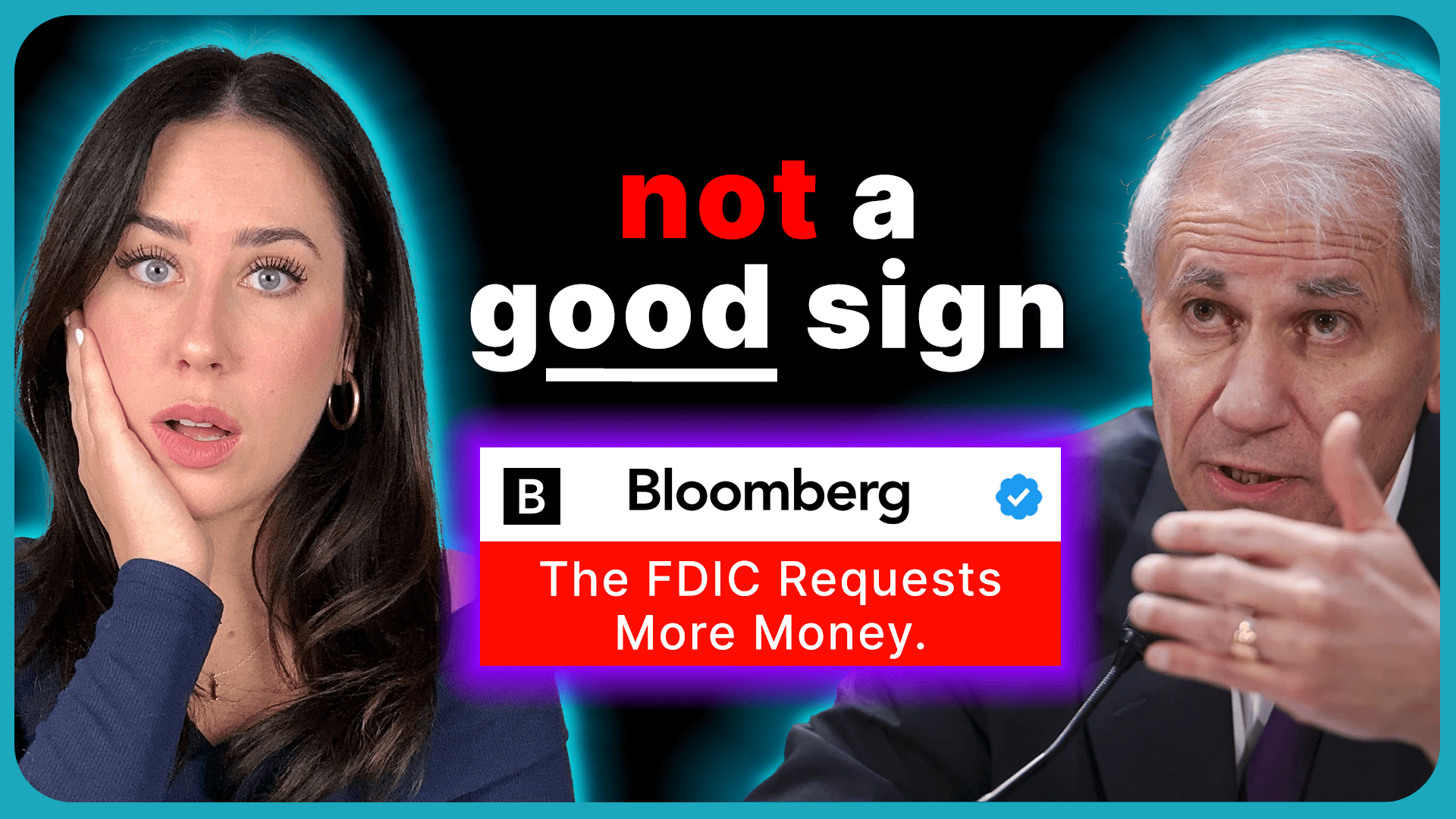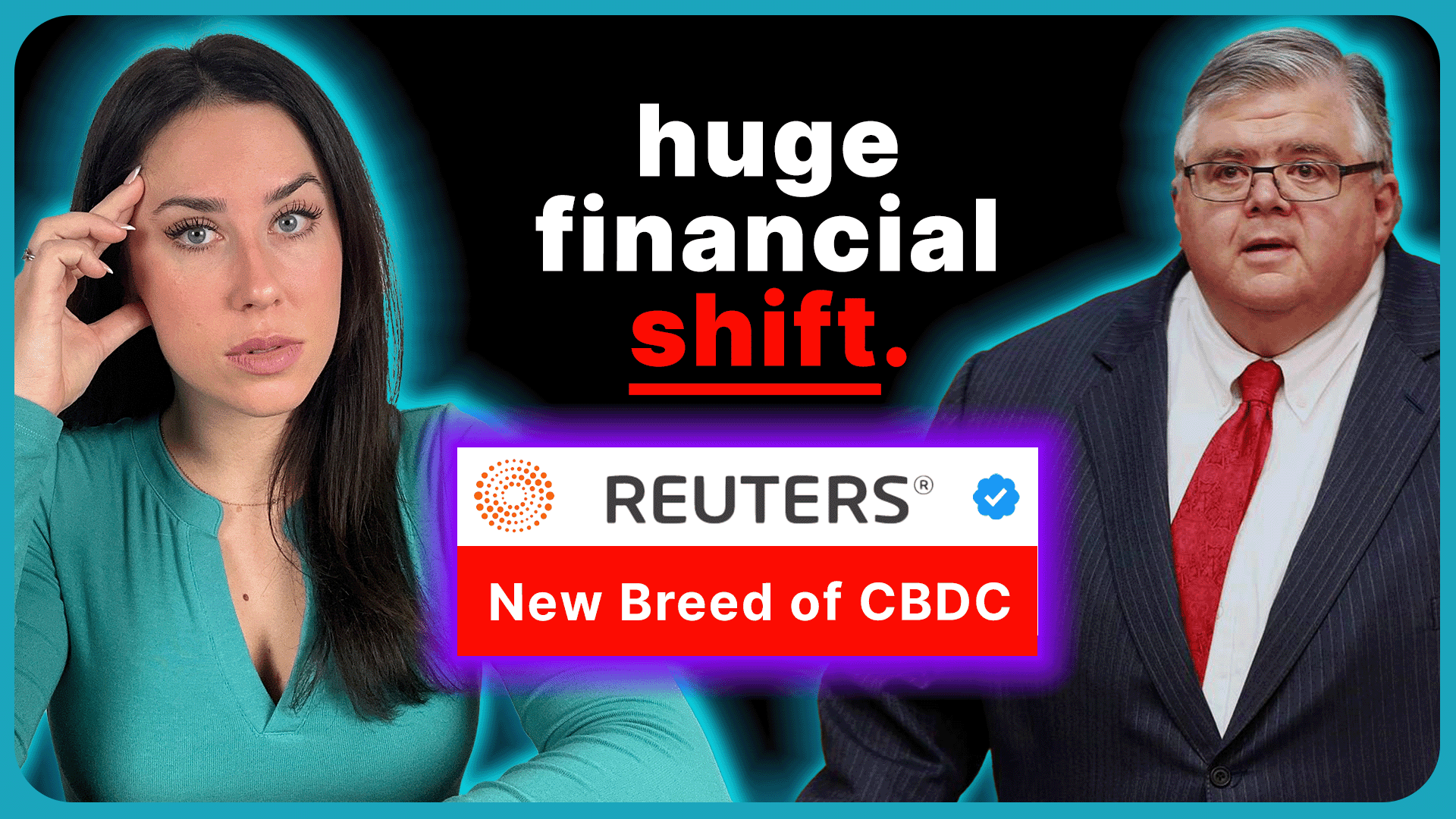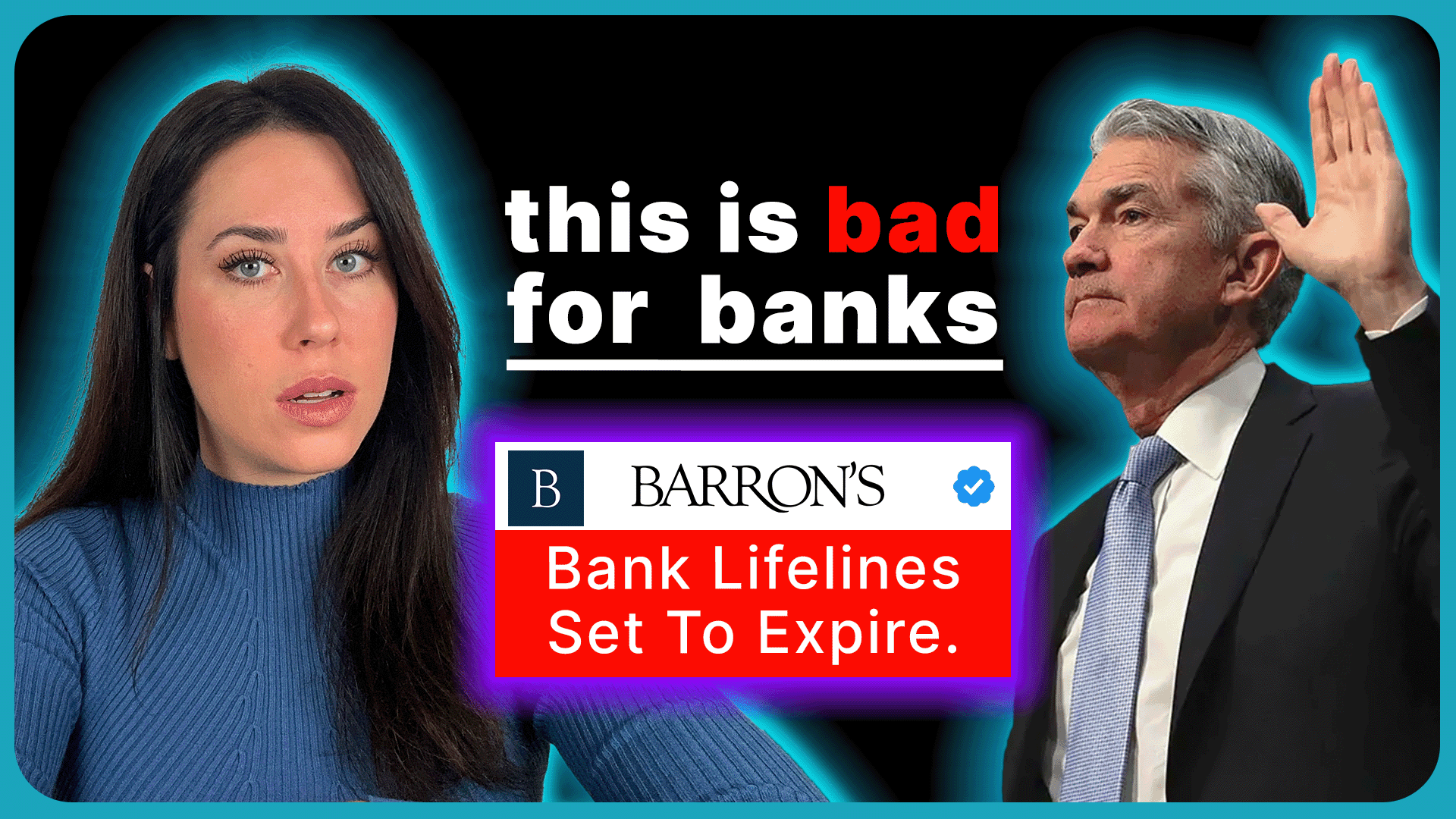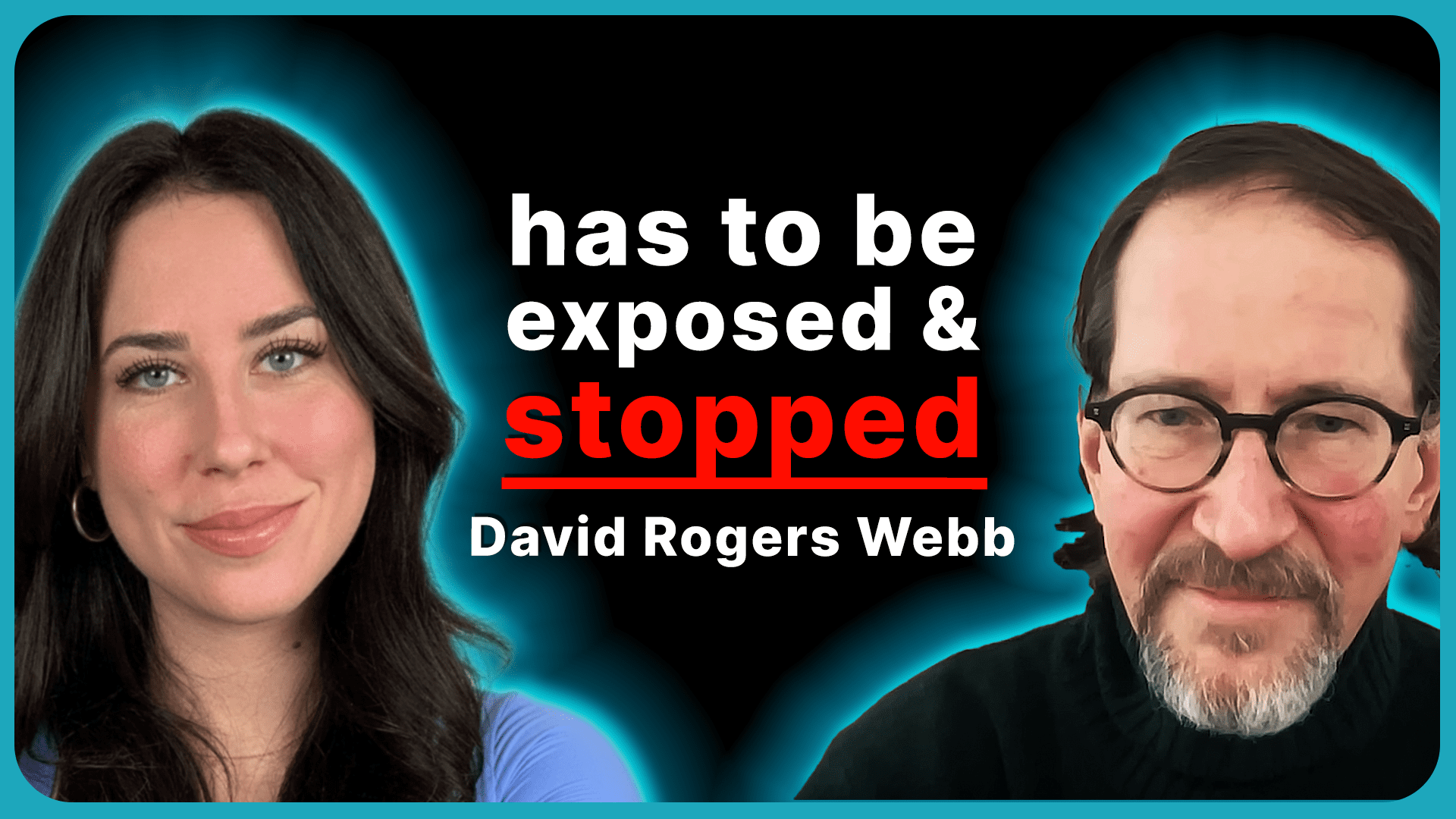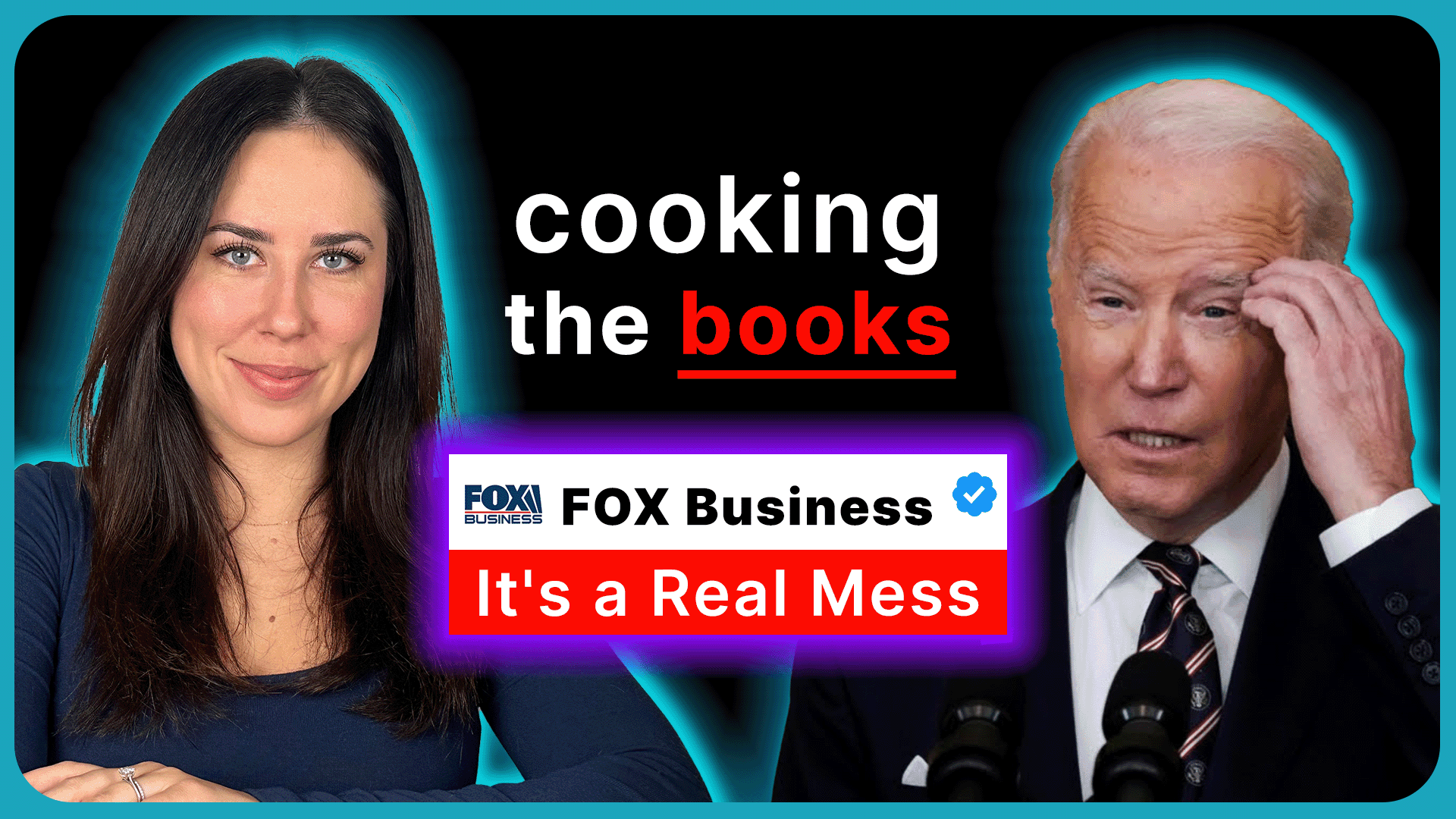SDRs Taking Over as New World Reserve Currency?
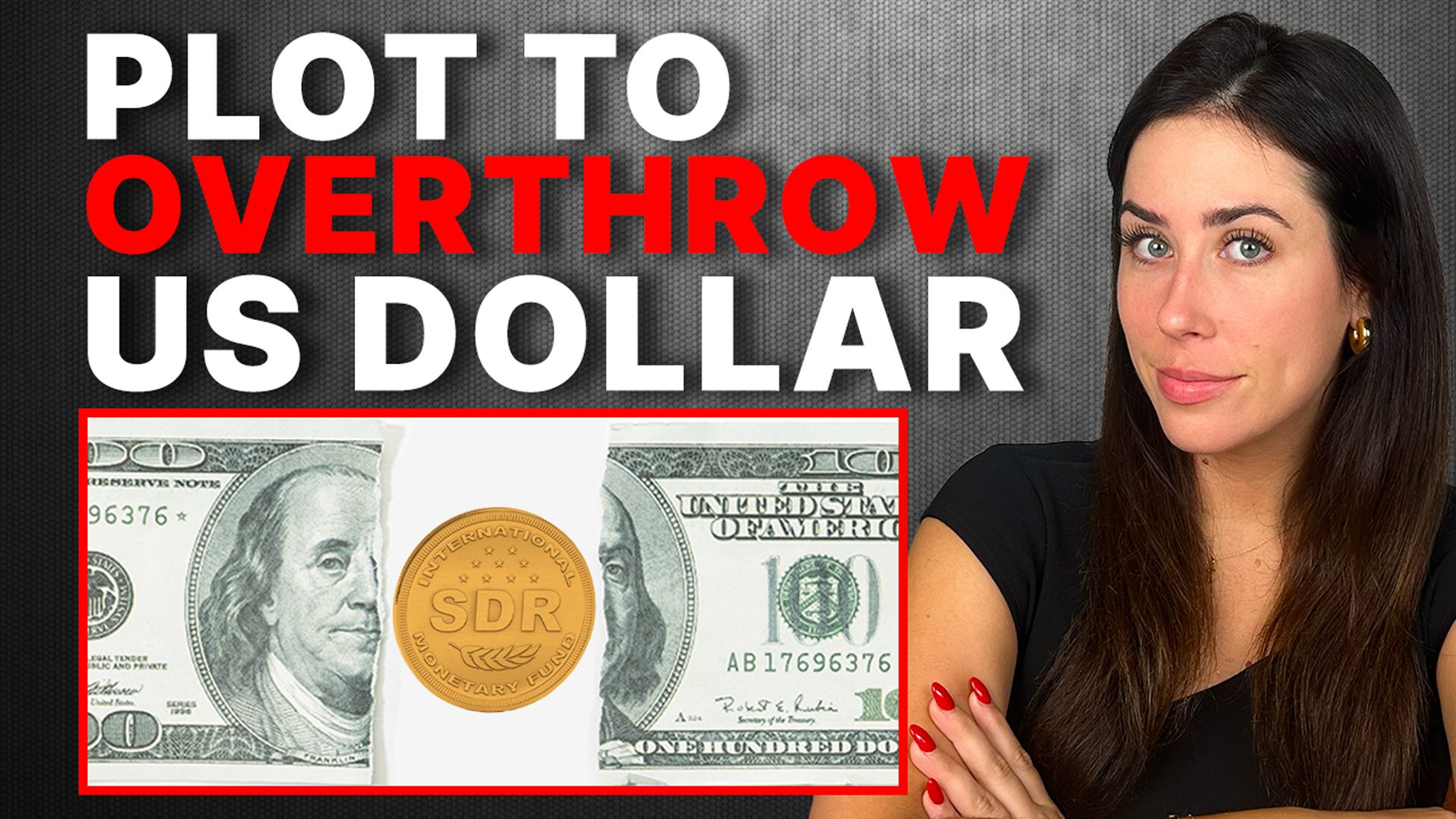
In this visual video, we take you into the world of Special Drawing Rights a.k.a. SDRs. and their potential impact on your hard earned US dollars. Join Taylor Kenney from ITM Trading, start securing your financial freedom.
CHAPTERS:
0:00 SDR-Special Drawing Rights
1:27 International Monetary Fund
2:51 What is the Purpose?
4:19 Substitution Accounts
6:46 Digital SDRs
8:01 Real Tangible Assets
TRANSCRIPT FROM VIDEO:
As you know, there are many factors that affect the value of your hard earned US dollars, but one you might not think about are SDRs or Special Drawing Rights, a made up global asset with an appetite for de-dollarization among countless other concerns that could potentially result in you directly losing money. How is that possible and what can you do about it? Let’s find out.
Hi everyone, I’m Taylor Kenney with ITM Trading, and today we’re talking about SDRs, what they are and how they have the potential to end the US dollars monetary regime, as well as what you can do to protect yourself if the entire system, as we know it changes. SDRs are an asset, but they’re not technically their own currency or their own money. It’s actually an asset that’s based on the value of five different currencies, a basket of currencies, the US dollar, the Euro, the yen, the yuan, and the pound. So it’s a fiat asset built on fiat currencies.
SDRs were originally created out of fear. We all know that the US dollar used to be backed by gold, which is why it was decided that the US dollar would be the global primary reserve currency. An entire system was built around the US dollar. I made an in-depth video last week on the Bretton Woods Conference and the creation of the IMF and World Bank, so I won’t go into any detail here, but long story short, people started to realize that the US dollar was not good as gold.
The IMF saw the entire system crumbling before their eyes. So they came up with an idea, let’s create a new asset, not a new currency, but a new supplemental asset to help countries out and ease any kind of issue that might happen as a result of the US dollar failing. And that’s exactly what they did. Out of thin air, they created a new asset, a fiat asset, a layer on top of already fiat currencies.
There are many reasons that whipping up an asset out of nothing is concerning. But let’s start with the first one, which is devaluing the US dollar. You can think of this creation like printing more money, and that’s even what they continued to do in 2009 and 2021, the IMF actually allocated or created more SDRs to the tune of $650 billion US dollars worth of SDRs in 2021 alone.
I also have to pause and say that I love the way that the IMF calls this allocating SDRs. Just sidestepping the fact that they created these SDRs out of nothing. If you have an asset and you inject it into the system, you’re injecting the system with more money. No new US dollars or euros were created to make the new SDR allocations. But indirectly creating more SDRs is debasing the value of the dollar in other currencies.
So what are the purpose of these SDRs? What can countries actually do with them? Well, they can do whatever they want. If they wanna take their SDRs and exchange it for a national currency. If the United States wanted to take SDRs and exchange it for US dollars, they’re able to do so. If they wanted to be generous and gift or loan SDRs to a less favorable country, they’re able to do that too. On the IMF website, they describe SDRs as a large national savings account. When you have less than your allocated quota, you have to pay interest. When you have more than your allocated quota, you earn interest. This is a very small percent though, about half a percent. So it is not much. The idea is that SDRs provide more liquidity to countries who really need it because the interest rates are so low. Again, it’s a funny concept that if you need liquidity, an asset will be created out of nothing to provide that. But that’s exactly how it works.
SDRs were originally created to compliment the US dollar. I say compliment because they were going to exist in tandem. If the US dollar failed as a global reserve asset, SDRs would be available. It wasn’t long however, before it became clear to the IMF that it would be favorable to have SDRs be the Global Reserve asset of choice instead of complimenting the US dollar what if they were an alternative to the US dollar? And the IMF was not alone in thinking this way, many countries agreed.
So in the late 1970s, the IMF began working on a substitution account. This was an account that would allow countries to take their excess US dollar reserves, deposit them into the substitution account, and receive an equivalent amount of SDRs instead, therefore making SDRs the new global reserve currency and displacing the US dollar. But while they were trying to get the substitution account up and running, they ran into a problem. If all countries took their US dollars and deposited them into a substitution account in exchange for SDRs, inevitably the US dollar would depreciate and lose value. Who would be paying the difference there for the SDRs to go to these countries? Countries didn’t wanna pay it and the United States didn’t wanna pay it. So there was a bit of a standstill. Regardless of this, it seemed like it was the inevitable solution that we were going to move away from the US dollar and towards an SDR.
That was until the early 1980s when suddenly the US dollar rebounded. There was faith again in the currency and the entire conversation was put on the back burner. That is up until the 2008 financial crisis. In 2009, the US dollar was put once again in the spotlight as the global reserve currency, and it was called into question if it was the best option. It was the same year that the IMF released additional allocations of SDRs. At this point, China was the most vocal about calling for reevaluation of SDRs as the leading global reserve asset. They said that it would be better to have a worldwide currency or asset that was stable versus an unstable national currency, a.k.a, the US dollar. The calls to reassess the United States position only got louder in 2021 when the largest allocation of new SDRs was created.
SDRs seem more and more like a viable alternative, and the more SDRs that are created, the less strength the dollar has, the higher the potential there is for de-dollarization, and therefore, the higher the potential there is for you to lose the value you have in anything that is based on the US dollar and not to pile on the concerns, but there is one more thing that there’s been a lot of chitchat about, which is SDRs and CBDCs.
As we know, and SDRs values based on a basket of currencies. Well, in the future, think about CBDCs. It could be based on a basket of CBDCs or even taking it a step further. There could be a digital SDR, a CBDC-SDR (e-SDR) of some type, which would of course make it easier to track and control you and also speed up the process at which de-dollarization could happen. Think one big global CBDC, wide scale from an organization that is untouchable with no oversight, that you have no control over.
I know this is a lot to unpack. So really quickly to summarize it all, there is an international superpower, the IMF an organization that is responsible for creating SDRs, a fiat asset that is global widespread in picking up steam as a potential competitor to the US monetary regime, which could directly result in de-dollarization. You losing the value of your dollars, and it is more concerning now than ever as we continue to move into digital currencies because it will result in hyperspeed, wider reach, and less control for you to take your money outside of the system.
Unfortunately, you and I don’t have any control over the IMF or SDRs, but what we do have control over is the information and what we do with it. We know that SDRs were created in 1969. We also know it took 40 years for more SDRs or allocations to happen. We can see from the trend that the pace is picking up and with digital, who knows how quickly things will move.
But the writing is on the wall, and that is why it is so important for me to have my wealth protected in tangible assets outside of the system, outside of a system where a superpower can push a button and create more assets that will directly impact the money that I’ve earned. Listen, I am dedicated to breaking down these topics together, topics that quite frankly, they don’t want you to understand. So if you are interested in learning more and learning and growing with me, please subscribe. There will be more videos like this. Also, I highly, highly recommend clicking on the link below and getting a strategy in place, educating myself on what I can do and how I can prepare has been hugely helpful for my peace of mind, and I hope it’s the same for you. As always, I’m Taylor Kenney with ITM Trading. Thank you all so much for watching. Until next time.
SOURCES:
https://www.scielo.br/j/rep/a/d6K3qDnV6x7qdnLTGKJQ7dC/
https://money.cnn.com/galleries/2010/fortune/1007/gallery.Alternate_Currency.fortune/2.html
https://www.wsj.com/articles/forget-bitcoin-have-you-heard-of-imfcoin-1507228382
https://www.cgdev.org/publication/challenge-reallocating-sdrs-primer
https://www.aljazeera.com/economy/2021/4/6/what-is-an-sdr
https://www.flickr.com/photos/imfphoto/
https://www.reuters.com/article/us-gold-year-end-idUSTRE5BU3LY20091231
https://www.nytimes.com/2022/08/05/business/inflation-investing-paul-volcker.html
https://www.newyorkfed.org/medialibrary/media/research/quarterly_review/1979v4/v4n2article8.pdf
https://players.brightcove.net/45228659001/default_default/index.html?videoId=6266273972001
https://www.cgdev.org/publication/challenge-reallocating-sdrs-primer
